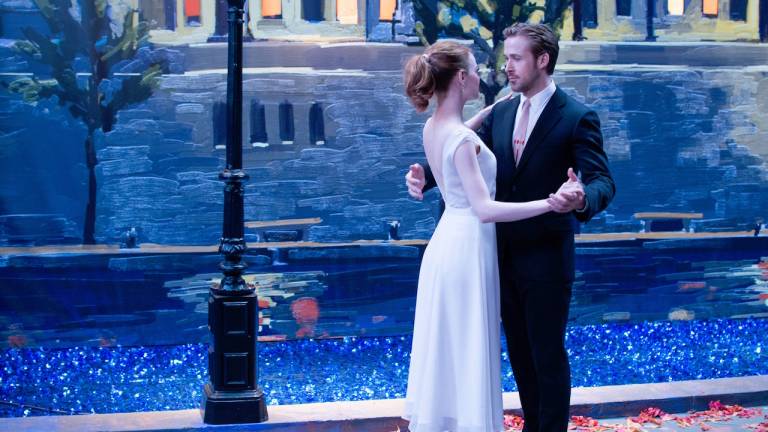The Beauty in the Unconventional La La Land Ending
We examine why the La La Land ending is one of the most unique and powerful in recent memory.

This article contains La La Land spoilers.
There are many things you could call remarkable about La La Land, the musical already sweeping the awards season and looking set to bag the Best Picture gong at the Oscars. There is its sumptuous primary colored cinematography, its dreamy soundtrack, and its unabashed throwback to an older Hollywood where musicals were commonplace.
But the most remarkable thing, the thing that’s been most discussed by critics and audiences since its release, is its ending.
Like some of the biggest films of this year (Rogue One, Arrival) the film’s final moments unseat audience expectations right at the last second, replacing the predicted resolution with a more complicated, bittersweet finale. Life is rarely as simple as the movies would tell us, after all, and that truth behind the glittering fantasy is La La Land’s whole raison d’etre.
It’s unusual for such a big, lavish musical to end on a down note, as the genre has long been characterized by its neat bows and wish-fulfillment endings. On this point, many have pointed towards Jacques Demy’s 1964 musical The Umbrellas Of Cherbourg. Damien Chazelle has called it one of his favorite films, but the similarity in beats between the two betray this fact regardless.
In Demy’s film, a couple once in love but long since separated by circumstances beyond their control cross paths again and witness the lives they’ve each built because of, rather than in spite of, the sacrifice of their own life together. It’s an achingly sad moment, as they trade rather mundane small talk while the immensity of what could have been hangs in the air.
It’s immediately evoked in the final scene of La La Land when Mia and Sebastian lock eyes across the jazz club that the latter always promised he’d open. Mia first spots the sign she designed all those years ago, and then she sits to listen to Sebastian play their theme. As soon as he begins, the film switches to a dream ballet of everything we’ve seen up until that point, only with a few vital differences.
This time, mistakes weren’t made, and betrayals weren’t enacted. They are blissfully in love and, following Mia’s successful audition for a job in Paris, the pair move there together to begin a life. In other words, we get to see our initial expectations play out, including a key shot shown in the trailers that doesn’t pop up until now, before a harsher reality sets in.
We see all of this represented by dance sequences, shadow plays, and home movie-style recreations of the life not lived. The music ends, Mia gets up to leave, and the pair share a knowing smile. It’s one of the most beautiful depictions of regret mixed with closure that I’ve ever seen on screen – one look a perfect distillation of what could have been, what was, and what is able to be now because of it.
Of course, plenty of films end their central romances with a breakup, or at least an ambiguous goodbye. Before Sunrise winds down with its leads heading off separately with the hope of seeing each other again in a year (which we later learn in Before Sunset didn’t happen), Eternal Sunshine of the Spotless Mind posits that a relationship is worthwhile, even if you know it’s doomed, and Like Crazy ends with its couple together, but possibly forgetting the reason they fought so hard in the first place.
Another modern musical, Once, also chooses to offer its own bittersweet ending, and the film version of The Last Five Years explores what happens when two creative people collide before they’ve found individual success and purpose.
Musicals are uniquely positioned to explore the unsaid things between two people, and La La Land makes the most of this with recurring musical themes spread throughout. The dream ballet – a classic cinematic musical convention – is designed to sum up the entire experience of Mia and Sebastian’s relationship without so much as a word uttered, so that they can finally let it go.
No matter what most Hollywood fare might tells us, we don’t all get the picture perfect happy ending, the fade to black, the happily ever after. Most of us settle for some form of happiness and contentment that comes amidst the chaos and uncertainty, and those only come through a series of beginnings and endings. All of those bits in between are what make us who we are.
The rest is reprogrammed into rose-tinted memory, the inconvenient edges sanded off for the sake of both parties. The final moments of La La Land send a clear message: while coming together can surely result in beautiful music, the solos are worthwhile on their own.
***This article was first published on Jan. 19, 2017.